9 Best Tips On How To Improve Customer Service in 2024
Prioritize exceptional customer service for brand reputation, revenue boost and sustained growth. Listen, personalize and resolve effectively for success.

Isn’t it common to see social media influencers reviewing products online? It’s fun to watch how they rate certain products. However, what people don’t realize is the repercussion a brand faces posts that reel/short!
It has become a trend to post customer service reviews because of the viral factors it offers and how quick it reaches the general audience. Do you know, it takes 12 good customer experiences to compensate for 1 bad experience?
Then, how to improve customer service for your brand? The answer is simple. Focus on providing customer-centric service i.e. think from customer’s perspective for all situations.
Customer service improvement is the process of enhancing the quality of service provided to customers by a business. It involves identifying areas where customer service can be improved, implementing strategies to address those areas and continuously evaluating the effectiveness of those strategies.
The process encompasses various aspects such as staff training, technology upgrades, streamlining communication channels, and gathering customer feedback. Customer service improvement aims to create positive experiences that strengthen the relationship between the company and its customers.
The key objectives of customer service improvement include:
Improving customer service should be a top priority for businesses looking to succeed and thrive in a competitive marketplace.
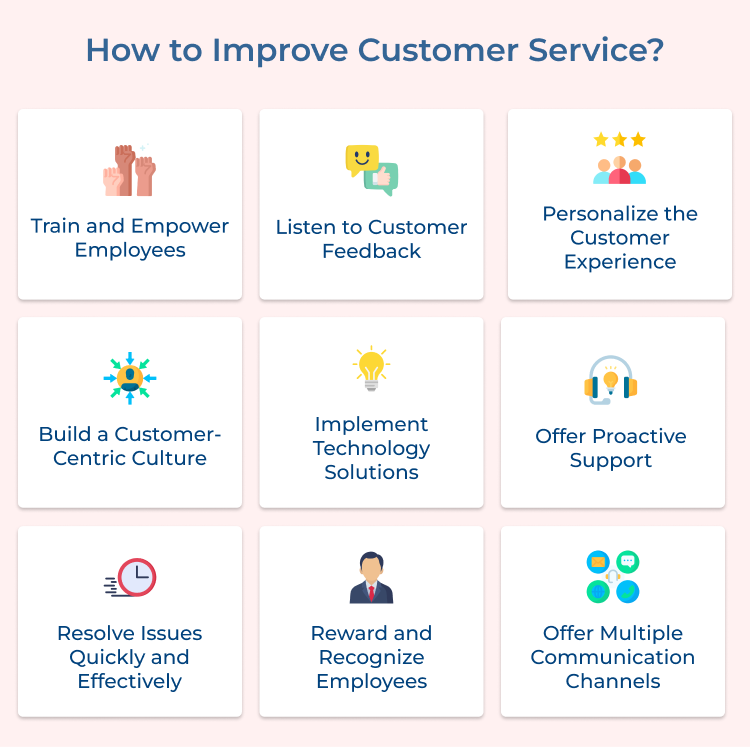
The customer service industry has the highest employee turnover rate – as high as 45%! One of the most important factors in improving customer service is ensuring that employees are empowered to handle customer inquiries and issues effectively. Investing in comprehensive training programs equip employees with the skills and knowledge they need to provide exceptional service. Giving employees the autonomy to make decisions as well as resolve customer concerns on their own can lead to quicker resolutions and increased customer satisfaction.
Listening to customer feedback is essential for identifying areas where customer service can be improved. It is unfortunate that most of the consumers that used online feedback forums to complain poor customer service are ignored. Whether through surveys, reviews or direct feedback, gathering while also analyzing customer input can provide valuable insights into what customers like, dislike and expect from a business.
Are you including personalized consumer experiences? Then, observe a jump of approx. 8% in your online conversion rate. Personalizing the customer experience can make a significant impact on customer satisfaction. Addressing customers by their name, remembering their preferences and tailoring your communication to their needs can make them feel appreciated. Use customer data and insights to personalize interactions with customers while providing a more personalized experience that meets their individual expectations.
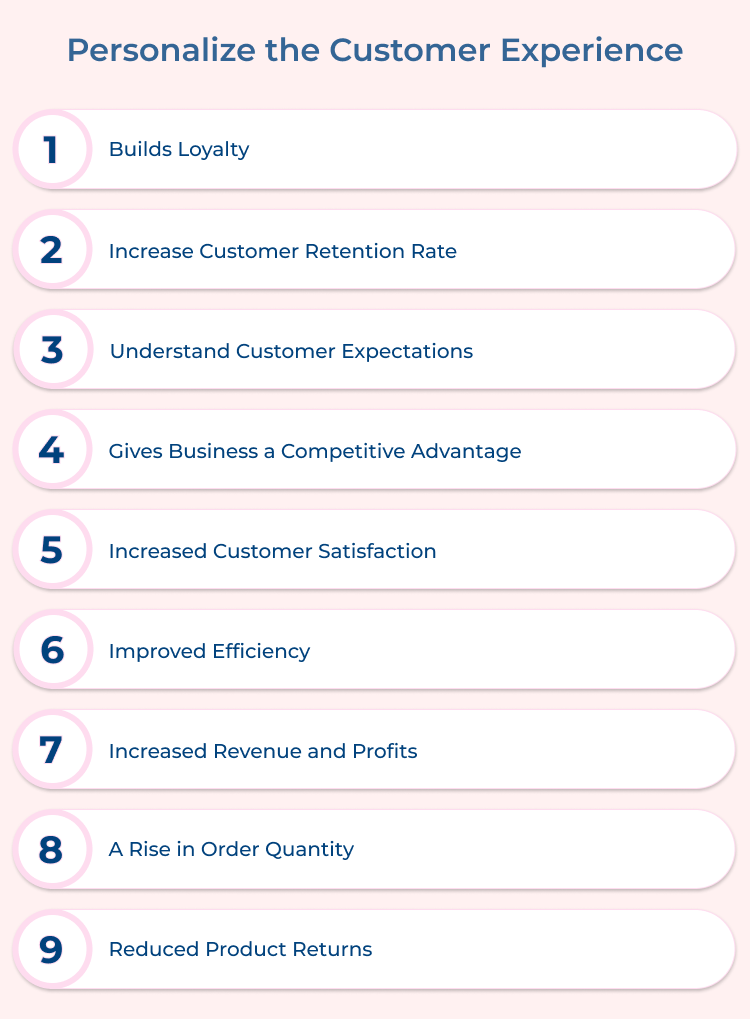
Creating a customer-centric culture within an organization is key to delivering exceptional customer service consistently. Every employee, from frontline staff to executives, should understand the importance of prioritizing customer needs and delivering personalized experiences. Instilling a customer-first mindset throughout the company ensures that customer service remains a top priority at all times.
Utilizing technology solutions can streamline customer service processes and improve efficiency. Implementing a customer relationship management (CRM) system can help businesses keep track of customer interactions, preferences and history, allowing for more personalized as well as customized service. Using chatbots, self-service portals and other AI-powered tools can provide customers with quick ways to find answers to their questions as well as resolve issues.
Proactive customer service involves anticipating customer needs and addressing them before they even arise. Monitor customer behavior, preferences, patterns, etc. to offer personalized recommendations, special promotions and timely assistance. Proactive outreach can help build stronger relationships with customers and demonstrate a commitment to their satisfaction.
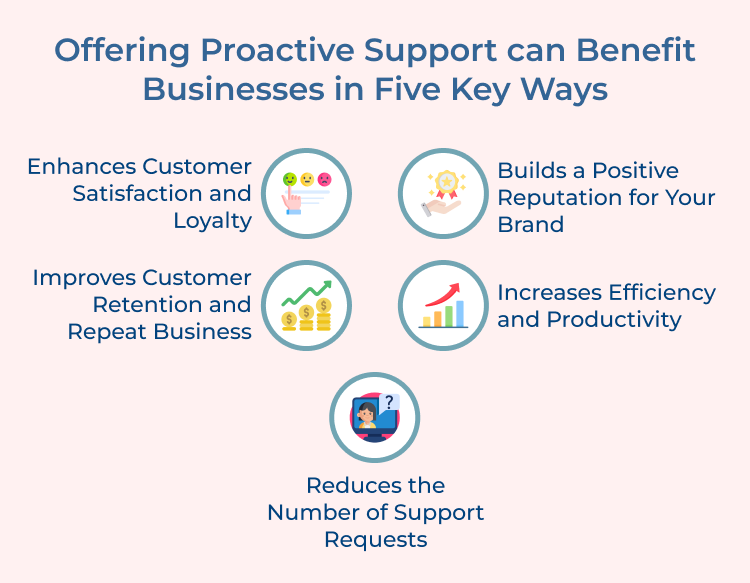
When customers encounter problems or issues, it is crucial to address them effectively. Providing timely resolutions to ensure customer satisfaction can turn a negative experience into a positive one. Empowering employees to handle escalations with empathy and professionalism can help retain customers while building long-term loyalty.
Recognizing and rewarding employees for delivering exceptional customer service can motivate them to continue striving for excellence. Acknowledging outstanding performance, whether through praise, incentives, or awards, can boost employee morale and encourage a culture of excellence. Show appreciation for employees who go above and beyond for customers to cultivate a positive work environment that values customer service.
75% of the customers prefer a consistent experience regardless of the platform they’re in. Not all customers prefer to communicate in the same way. Some may prefer to call, while others may prefer to email or chat online. Make sure to offer multiple communication channels, such as phone, email, chat and social media, to accommodate different preferences.
Great customer service can make or break a company’s reputation and ultimately determine its longevity in the market. Here are some reasons why great customer service is important.
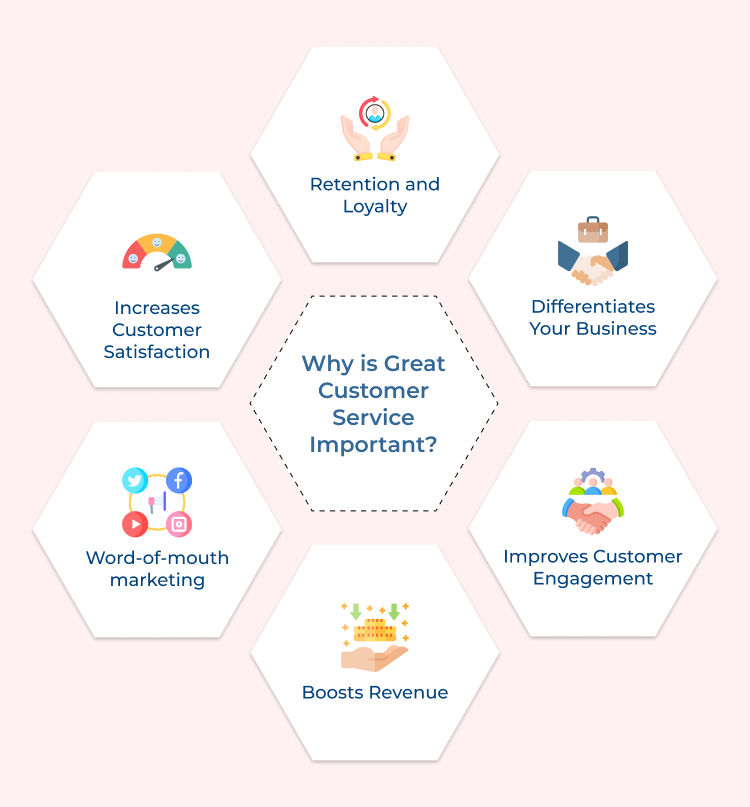
Customer service professionals are the frontline representatives who interact with customers on a daily basis, handling inquiries, addressing concerns and ensuring customer satisfaction.
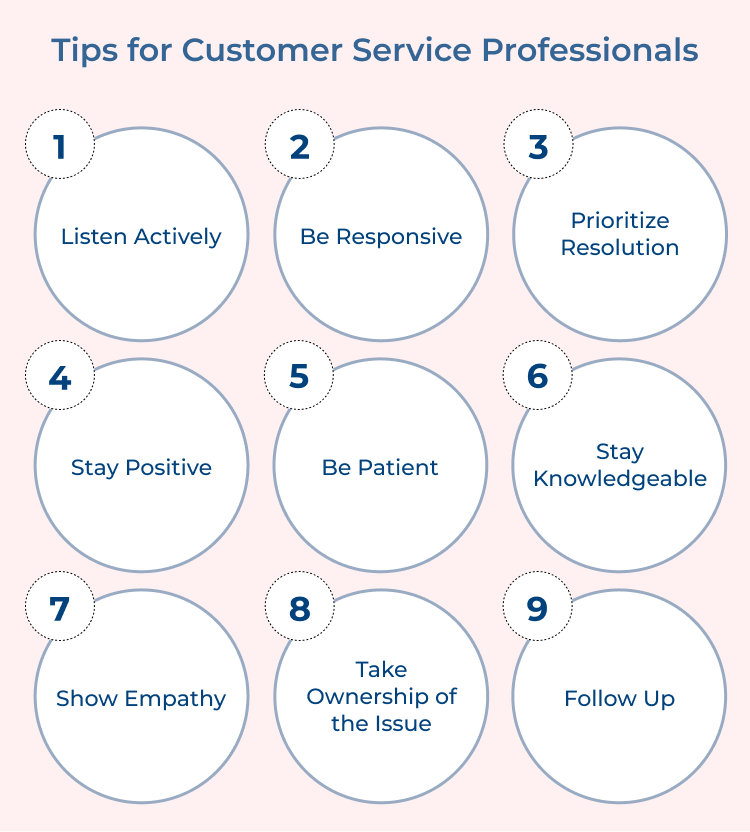
Customer service should always be a top priority for any business – and with the right strategies in place, leaders can ensure their teams are equipped to exceed customer expectations.
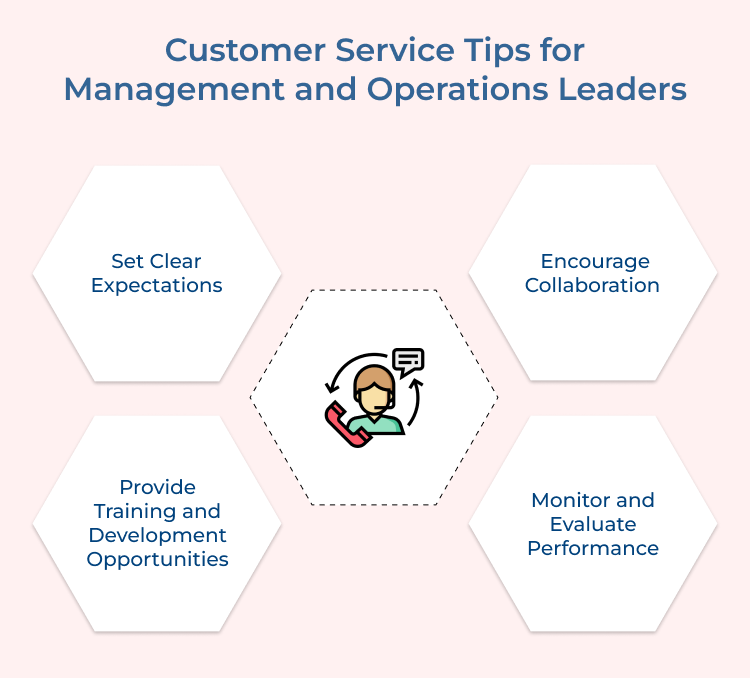
In conclusion, focusing on improving customer service is key to leveling up your business growth. By prioritizing customer satisfaction and creating positive experiences, you can retain loyal customers, attract new ones while ultimately increasing your revenue.
Providing exceptional customer service can differentiate you from your competitors and build a strong reputation for your business. Remember to listen to your customers, respond promptly to their inquiries or feedback and constantly seek ways to enhance their overall experience with your brand. By continuously improving your customer service efforts, you can propel your business to new heights and achieve sustainable growth in the long run.
Why is it important to improve customer service?
Improving customer service is crucial because it can lead to increased customer satisfaction, loyalty and retention. Satisfied customers are more likely to continue doing business with you and recommend your products or services to others. Poor customer service can result in negative reviews, customer churn and damage to your brand reputation.
What are the principles of great customer service?
The principles of great customer service include listening to customers, taking ownership of their concerns, being empathetic, providing timely responses, going above and beyond to meet their needs, as well as continuously seeking feedback to improve your service.
What is the best way to improve customer service?
There are several ways to improve customer service, including training your employees to handle customer inquiries effectively, implementing customer feedback surveys, creating a customer-centric culture within your organization, utilizing technology to streamline customer interactions and regularly updating your customer service policies as well as procedures.
What are the 3 most important things in customer service?
The three most important things in customer service are communication, empathy and responsiveness. Effective communication involves listening to customers, clarifying their needs and providing clear information. Empathy entails understanding and acknowledging the customer’s emotions/concerns. Responsiveness refers to providing timely solutions and follow-ups to customer inquiries.
What are the 4 Ps that improve customer service?
The 4 Ps that improve customer service are personalization, proactivity, professionalism and problem-solving. Personalization involves tailoring your service to meet the individual needs and preferences of each customer. Proactivity means anticipating and addressing customer needs before they arise. Professionalism entails maintaining a positive attitude, respectful communication and a professional appearance. Problem-solving involves quickly resolving customer issues while taking steps to prevent similar problems from occurring in the future.